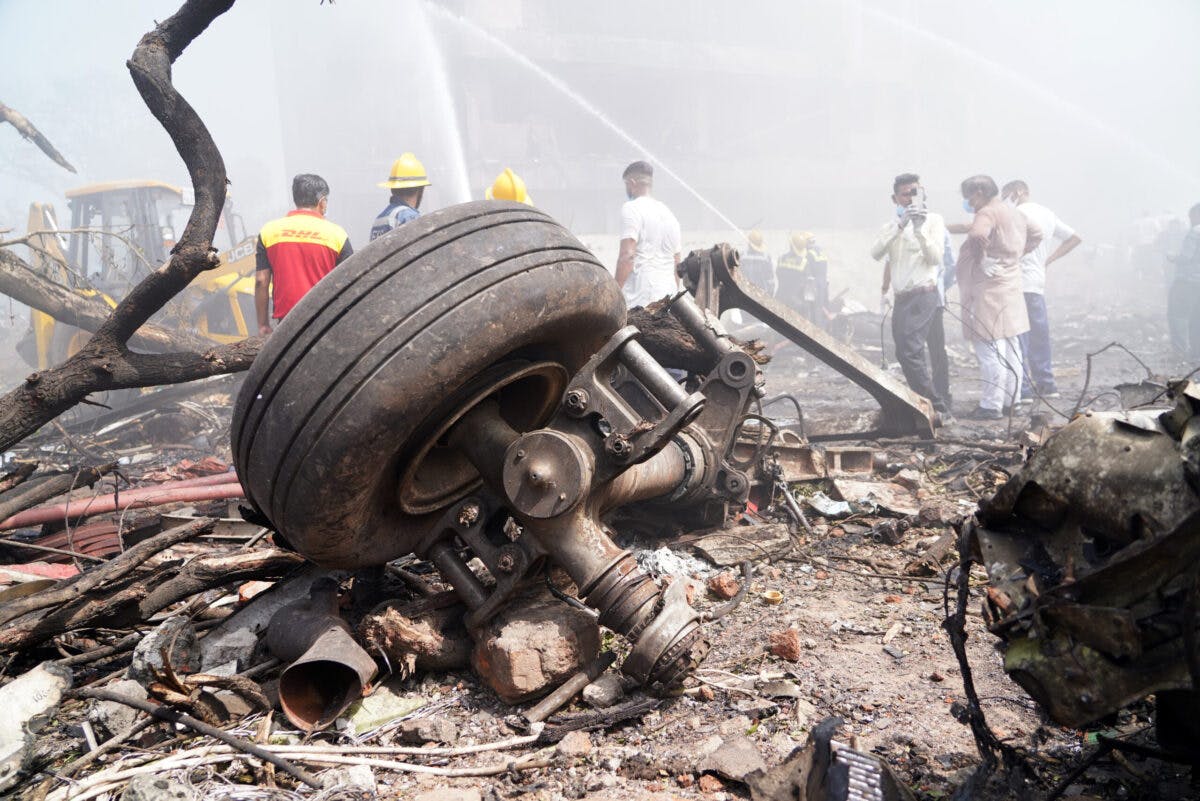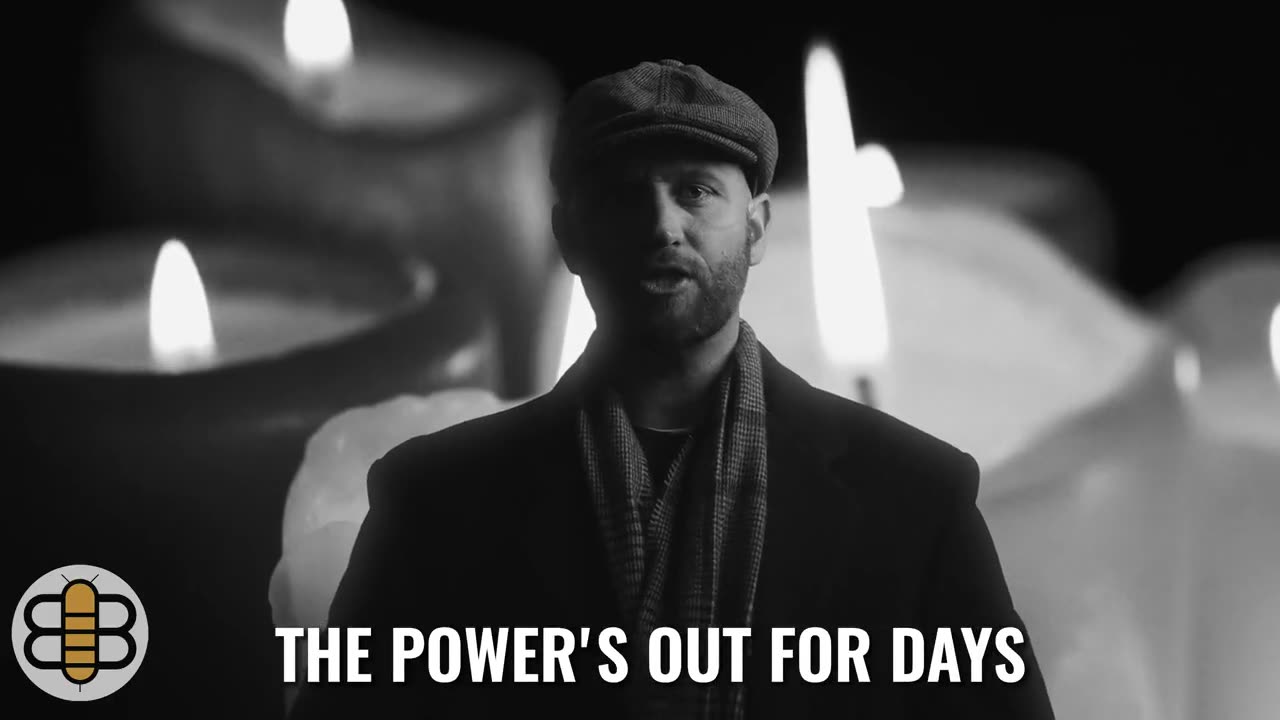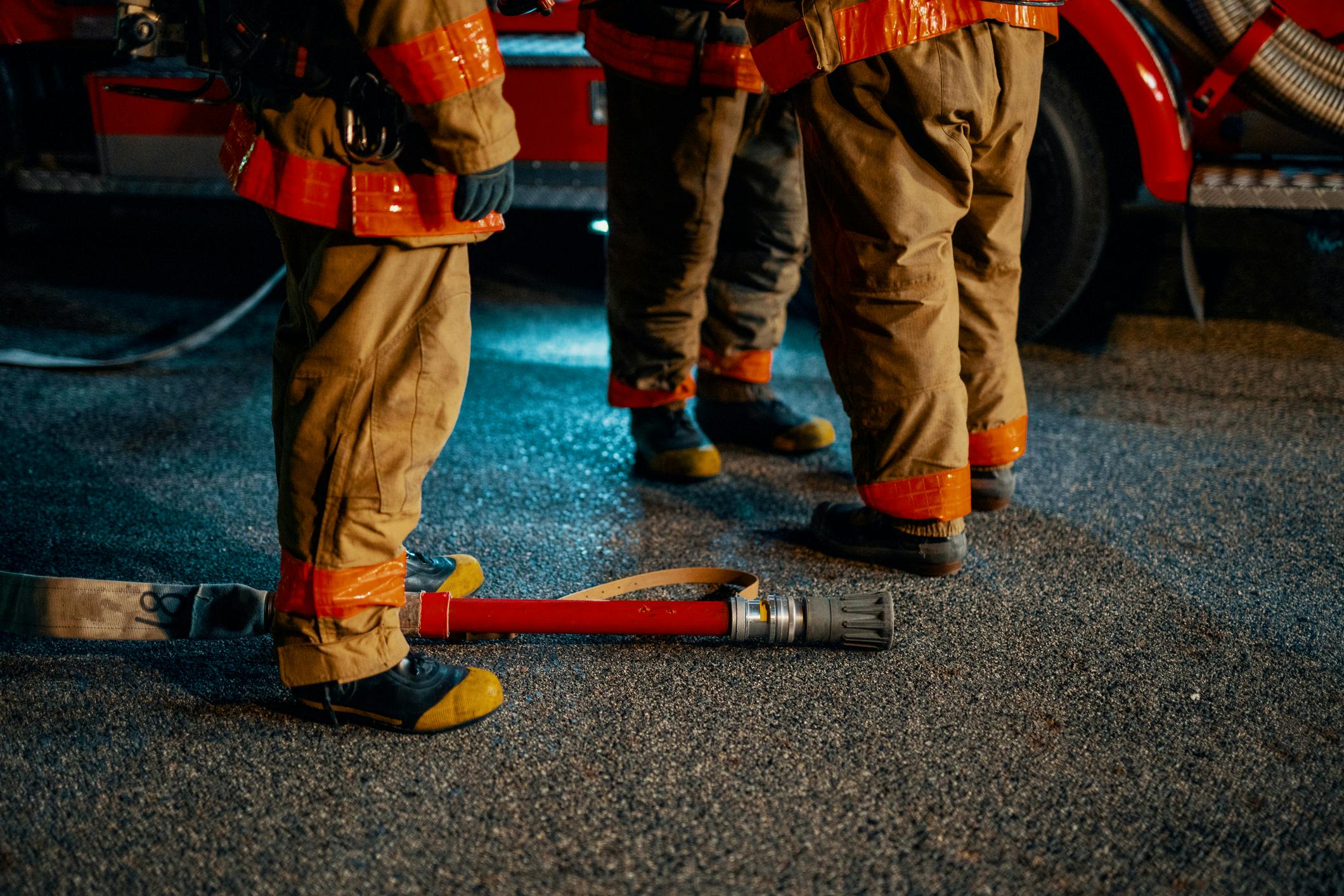Air India Report Reveals Chilling Info On Plane Crash That Killed 260 People

The preliminary investigation into the Air India plane crash that killed 241 people on board and 19 people on the ground in Ahmedabad, India, last month raised more questions than it answered.
Live Your Best Retirement
Fun • Funds • Fitness • Freedom
Just before the India Air Boeing 787 Dreamliner crashed into a medical school hostel on June 12, the plane’s fuel-control switches were flipped to the “cut-off” position, a move that stops fuel from going to the engines and is typically only done after landing, the BBC reported. Cockpit voice recordings stored in the plane’s “black box” revealed that one of the pilots asked the other pilot why he “did the cut-off,” but according to the preliminary report, “The other pilot responded that he did not do so.”
Just seconds after takeoff, the switches to both engines were moved from “run” to “cut-off,” causing the engines to lose power, Reuters reported. It remains unknown which pilot asked why the cut-off switch had been flipped.
BREAKING:
A London-bound Air India Flight 171 has crashed into a residential area minutes after taking off from Ahmedabad, India.
The Boeing 787-8 was carrying 242 passengers and crew pic.twitter.com/3BEOCmXLXd
— Visegrád 24 (@visegrad24) June 12, 2025
Aviation experts say that the “cut-off” switch can’t be flipped accidentally. Ira Astrachan, a retired Delta Air Lines captain and aerospace engineer, told The Daily Wire that the only way a fuel switch can be moved to “cut-off” is by “manually activating the switch, which generally requires two fingers plus your thumb. There is no physical way to move the switches from one position to the other by simply pushing them up or down like a typical household light switch.”
Asked if any type of mechanical issue affecting the plane immediately after takeoff would cause the pilots to flip the switch, the retired captain said “absolutely not,” adding that in the United States, pilots “are trained and practice in the simulator engine failure scenarios during takeoff. Procedures dictate that we safely fly the airplane to a minimum altitude (usually 1,000 feet above the ground) before leveling off and dealing with an actual emergency such as an engine failure.”
According to the report, the co-pilot was flying the plane at takeoff while the captain was monitoring. The captain, 56-year-old Sumeet Sabharwal, had 15,638 hours of flying experience, according to the Indian government. The co-pilot, 32-year-old Clive Kunder, had 3,403 hours of flying experience. Investigators found that the pilots attempted to restart the engines after they were flipped to the “cut-off” position, with one engine in the restart phase. It remains unknown if the engine in the restart phase fully recovered before the crash.
Air India CEO Campbell Wilson wrote a memo to staff at the end of last week, telling them that the investigation is “far from over” and urging them to refrain from jumping to conclusions on the cause of the crash, The Wall Street Journal reported. The preliminary report ruled out any mechanical or maintenance issues, turning people’s attention to the pilots.
“Over the past 30 days, we’ve seen an ongoing cycle of theories, allegations, rumours and sensational headlines, many of which have later been disproven,” Wilson wrote.
Only one man who was on board survived the Air India crash, 40-year-old Viswash Kumar Ramesh, who miraculously walked away from the burning plane after it slammed into residential buildings.
“As soon as the flight took off, within 30 seconds it crashed. There was no warning from the pilot or the crew members about the crash. When I found myself alive after the crash, I saw bodies ripped apart,” Ramesh told the Hindustan Times. “My leg was injured but I ran as fast as I could.”
Originally Published at Daily Wire, Daily Signal, or The Blaze
What's Your Reaction?
 Like
0
Like
0
 Dislike
0
Dislike
0
 Love
0
Love
0
 Funny
0
Funny
0
 Angry
0
Angry
0
 Sad
0
Sad
0
 Wow
0
Wow
0









































































